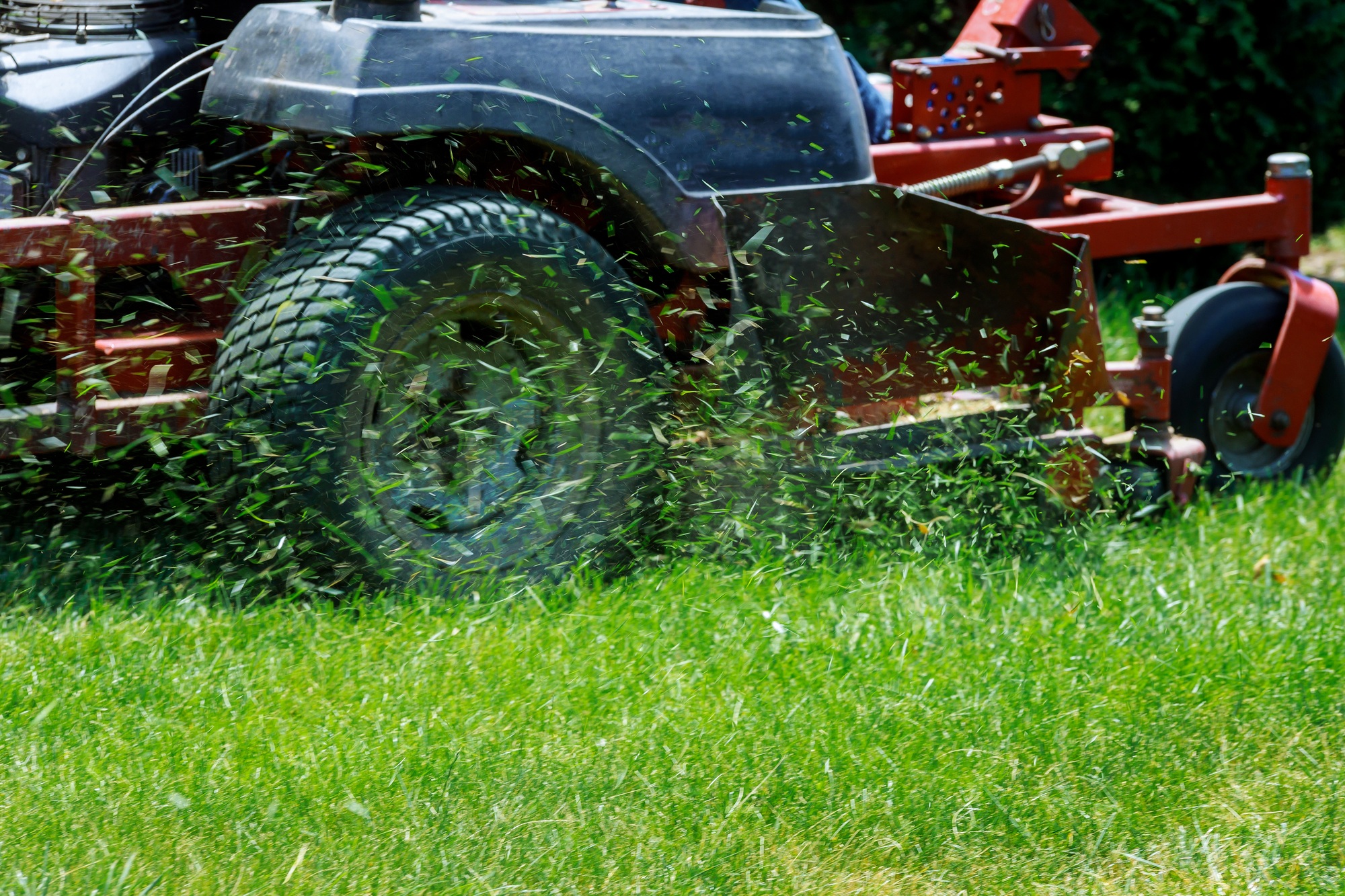Lawn scalping occurs when grass is cut too short, exposing the soil and damaging the crown of the plant. The result is a patchy, brown lawn that’s more vulnerable to heat, drought, and weed invasion. While it may seem like a quick way to reduce mowing frequency, scalping can do long-term harm. Here’s how to prevent it—and what to do if your lawn has already been scalped.
What Causes Lawn Scalping?
Scalping typically happens when your mower blade is set too low, or when mowing uneven ground with a dull or unbalanced mower. It can also occur when grass is overly long and a large portion is cut all at once, shocking the plant and leaving it exposed.
How to Prevent Scalping:
- Set the Right Mower Height: Always follow the one-third rule—never remove more than one-third of the grass blade in a single mow. This helps reduce stress and encourages stronger root development. Adjust your mower height according to the grass type, typically:
- Cool-season grasses: 2.5–4 inches
- Warm-season grasses: 1–2.5 inches
- Mow Frequently: Mowing regularly ensures you’re only trimming small amounts at a time, which reduces the chance of scalping.
- Sharpen and Level Blades: Dull or uneven blades can tear grass and create an uneven cut. Sharpen your blades at least once a season and check that they’re balanced and level.
- Avoid Mowing Wet or Uneven Ground: Wet grass bends and clumps, increasing the risk of an uneven mow. Likewise, mowing over bumps or depressions can cause the mower deck to dip too low.
How to Fix a Scalped Lawn:
- Water Deeply: Give the affected area a deep watering to reduce stress and encourage recovery. Water in the early morning for best results.
- Fertilize Lightly: Apply a balanced, slow-release fertilizer to support new growth, but avoid heavy applications that could burn stressed grass.
- Overseed if Necessary: If bare patches remain after a few weeks, overseed with the appropriate grass seed to help fill in the damage.
- Aerate and Top-Dress: For severely scalped areas, aerating and applying a thin layer of compost or topsoil can improve soil health and encourage regrowth.
Scalping may set your lawn back temporarily, but with proper care, it can bounce back stronger. The best way to avoid it in the future is by maintaining a consistent mowing routine, using the right equipment, and respecting your lawn’s natural growth cycle.


